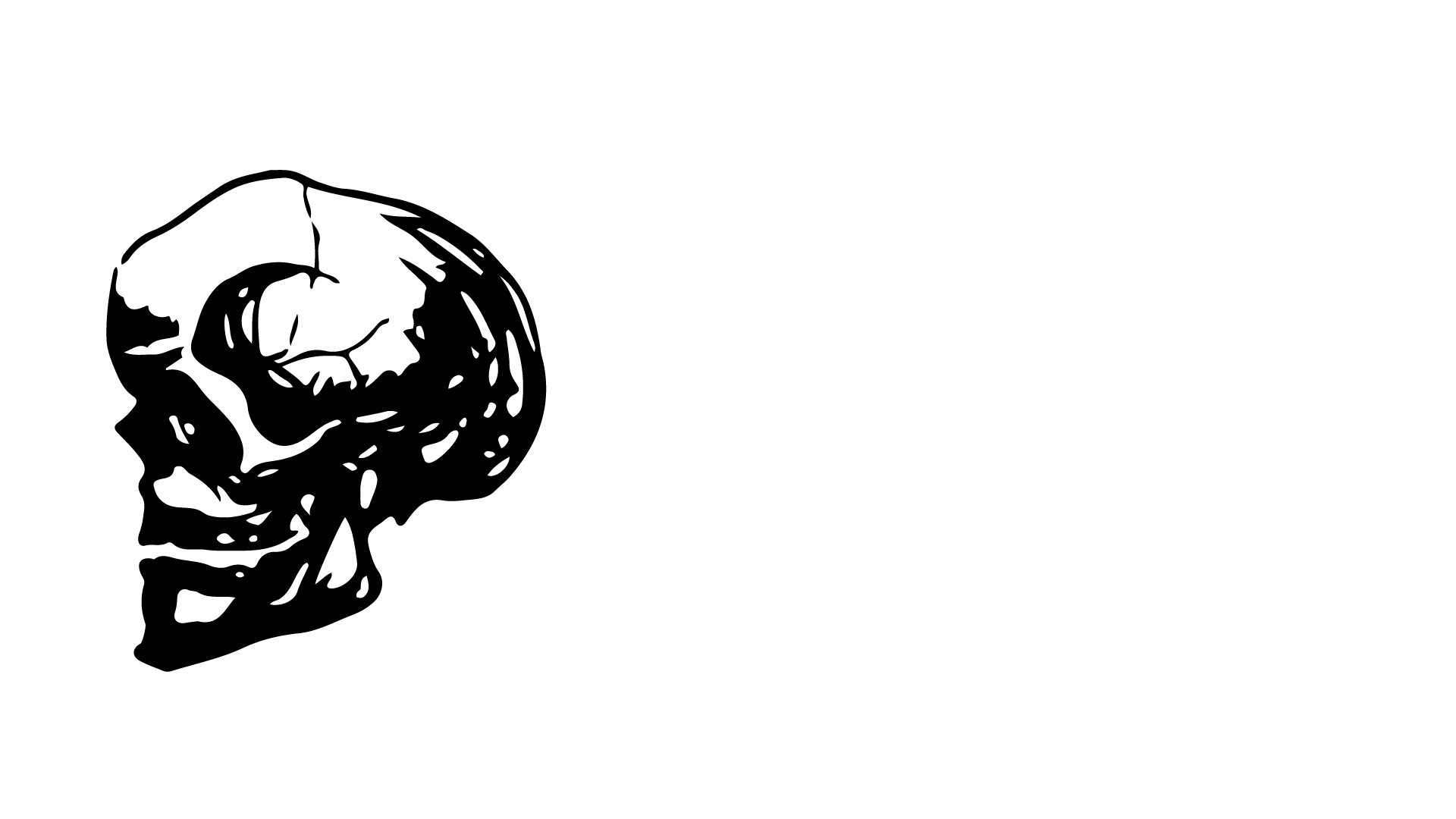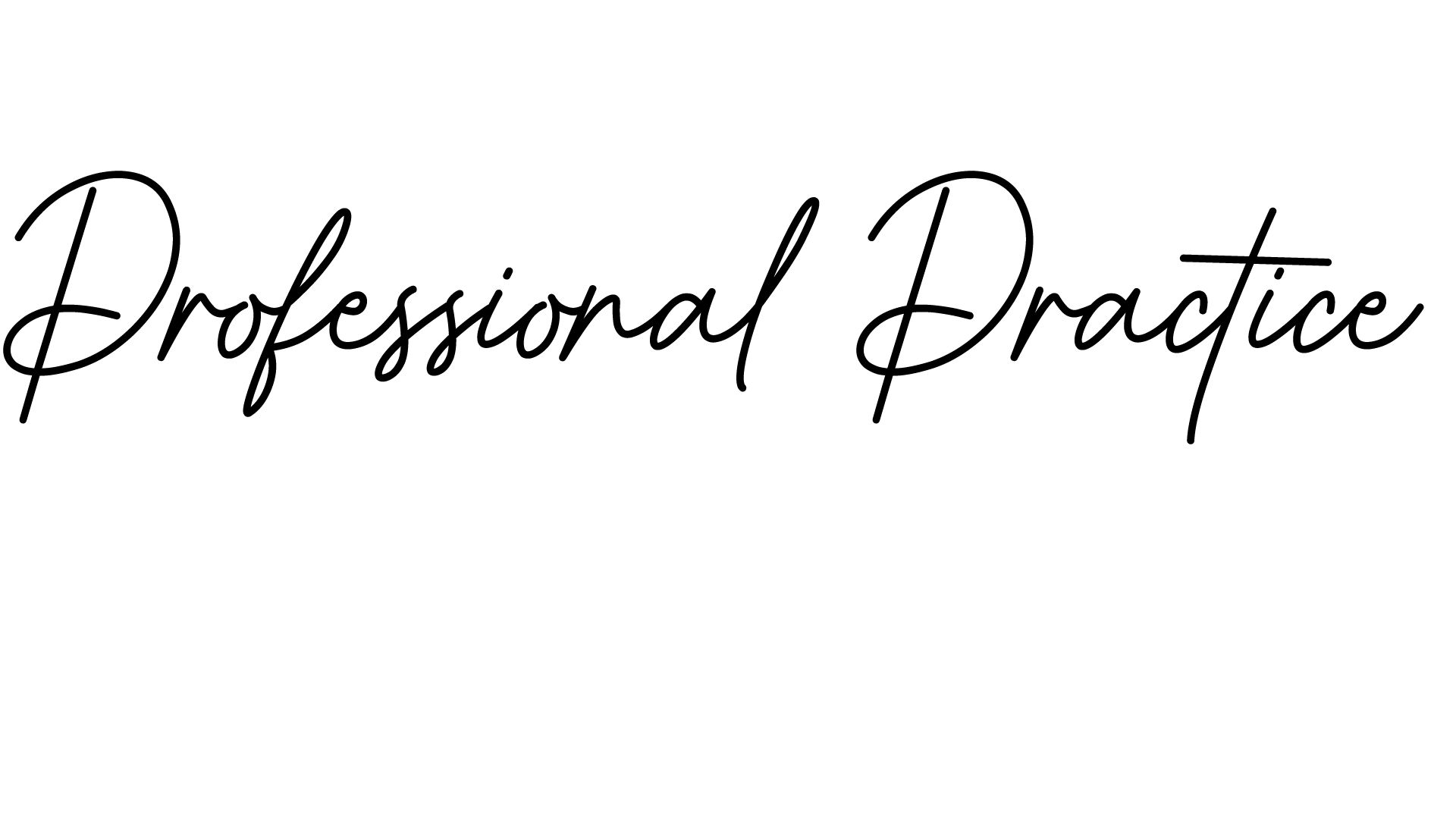Home



Reportage Illustration is a type of visual journalism, much like journalism photography, centred around the premise of storytelling. Although the increase in accessibility to cameras renders reportage illustration excessively traditional, some believe that the reliance on the consent of the subjects can defeat the cynical one-sided aspect of journalism.
Here I am going to begin with some names of significance and interest to help illustrate the professional world of this genre. Feliks Topolski was a painter and draughtsman born in Poland in 1907 before moving to Britain in 1955. His reportage work covers the silver jubilee of King George V in 1935 or working as an official war artist contracted by the Picture Post to cover Russian convoys. Audrey Hawkins is a New York-based illustrator, known for her blunt presentation of protests and political events. Paul Hogarth considered one of the founders of modern reportage, is best known for his covers of penguin’s editions of Graham Greene books. Olivier Kugler is considered the face of modern reportage illustration, he documents stories of exile, displacement and the disorienting life of refugees. As I go through this blog I will be sure to reference further artists where necessary, but these are some of the most notable names to begin with.
Depending on the points of interest depicted in their work (like war art, court art, etc.) an aforementioned practitioner may have been hired by anything from a magazine or newspaper to charities like Save the Children and even government-funded organisations. As I have mentioned, their briefs will be dependent on the type of reportage illustration they have been asked to create. Courtroom artists are probably the most notable as cameras are not allowed in courtrooms. In the U.K. artists aren’t even allowed to draw in court so they must sketch from memory when the session has ended. War artists, the second most notable category, are assigned to capture the events in the field of battle as well as the experience of being a soldier. Social events like concerts or protests and finally news reporting and investigation are other types an artist may fall into. These categories often cross over so each brief will be dependent on the individual case and story the client is aiming to tell. The illustrations may also run alongside written journalism which can have a big influence too.
Professional Practice
Materials And Processes
Moral and Ethical Considerations
Conclusion
Bibliography